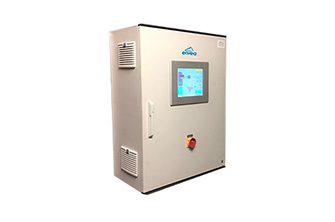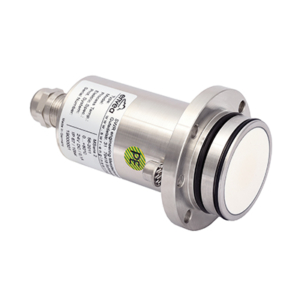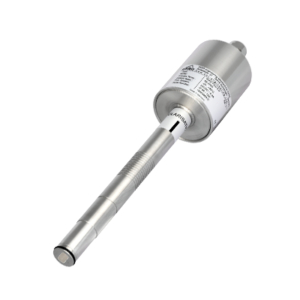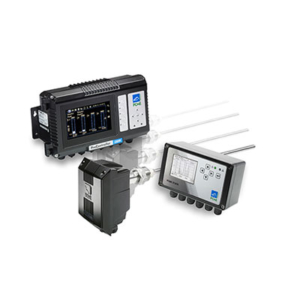
It’s cold outside and you’ve come inside for the warmth. What better way to get warm than to wrap your hands around a hot mug of coffee.
Ensuring the highest quality coffee grains is critical for coffee producers, especially for moments like these, every time.
Moisture measurement technologies at coffee production facilities play a vital role in maintaining the highest coffee grain quality, so consumers can savour the perfect cup.
Which issues do coffee producers face?
Quality Impacting Brand Reputation
Brand reputation is everything. Coffee producers will do everything they can to protect their brand name. A consumer’s brand perception will quickly change if the quality of their favourite cup of coffee tastes different.
The challenge to maintain a consistent quality is ongoing. One of the most influential factors which affects quality is variations in moisture levels within coffee grains. Incorrect moisture levels within the coffee beans will jeopardise the unique taste and aroma that consumers expect in every cup.
The ability to accurately control moisture levels in real-time can have a direct and positive affect on quality and therefore brand reputation.
Shelf Life
In regions with high humidity levels, roasted coffee beans may absorb moisture from the air more easily during and after the roasting process. This can affect the flavour and crispness of the roasted beans and may contribute to a shorter shelf life.
The challenge for coffee producers is to manage these factors to ensure the production of high-quality coffee to prolong the shelf life.
Reducing Product Loss
In the initial stages of coffee processing, freshly harvested coffee beans typically have a high moisture content. To prevent mold growth amongst the coffee beans, moisture needs to be reduced to avoid product loss.
Avoiding High Energy Costs in Moisture Control
After the coffee beans are harvested, they go through a series of processing steps, including drying, milling, and roasting. The drying process is crucial for achieving the desired moisture level in the beans. Over-drying or under-drying not only impacts the quality and flavour of the coffee but has a huge impact on energy consumption leading to higher energy costs.
What solution did envea propose to the coffee producer?
Recognising the significance of precise moisture control in preserving quality and controlling operational costs, the coffee manufacturer invited ENVEA’s specialists to visit site.
Following the site survey and to demonstrate the capabilities of the moisture measurement technology, ENVEA’s M-Sens was integrated into its production process by installing it on a slide as the coffee grains fall into the hopper.
M-Sens was seamlessly installed to continuously assess moisture levels in the coffee grains.
Upon receipt, coffee grains underwent immediate moisture testing. During roasting, real-time moisture monitoring enabled adjustments, ensuring each batch was roasted to perfection.
M-Sens
The M-Sens was specified because it’s an advanced microwave-contact based sensor with a ceramic surface which is highly resistant to abrasion. The coffee producer will experience moisture levels of up to 20%, well within the measurement range of 0 – 65%. The M-Sens can measure in increments of 0.1% to give a more accurate reading.
What are the key benefits?
Consistent Flavours for Consistent Quality: Precise moisture control maintains superior quality which meant the coffee producer has been able to deliver a consistent coffee experience to consumers.
Reduced Energy Costs: Following the installation of the M-Sens, coffee beans are removed from the dryer once the beans contain the perfect moisture levels. This optimised drying process is based on data rather than guesswork resulting in reduced energy consumption and minimised waste.
Moisture control is just one part of process optimisation
The integration of the M-Sens moisture measurement technologies empowers coffee producers. Moisture measurement is not the only form of process optimisation which ENVEA can provide.
The UK coffee producer is now benefiting from ENVEA’s flow measurement (SolidFlow) and dust filter performance monitoring (Stack980), all on the same process line.




